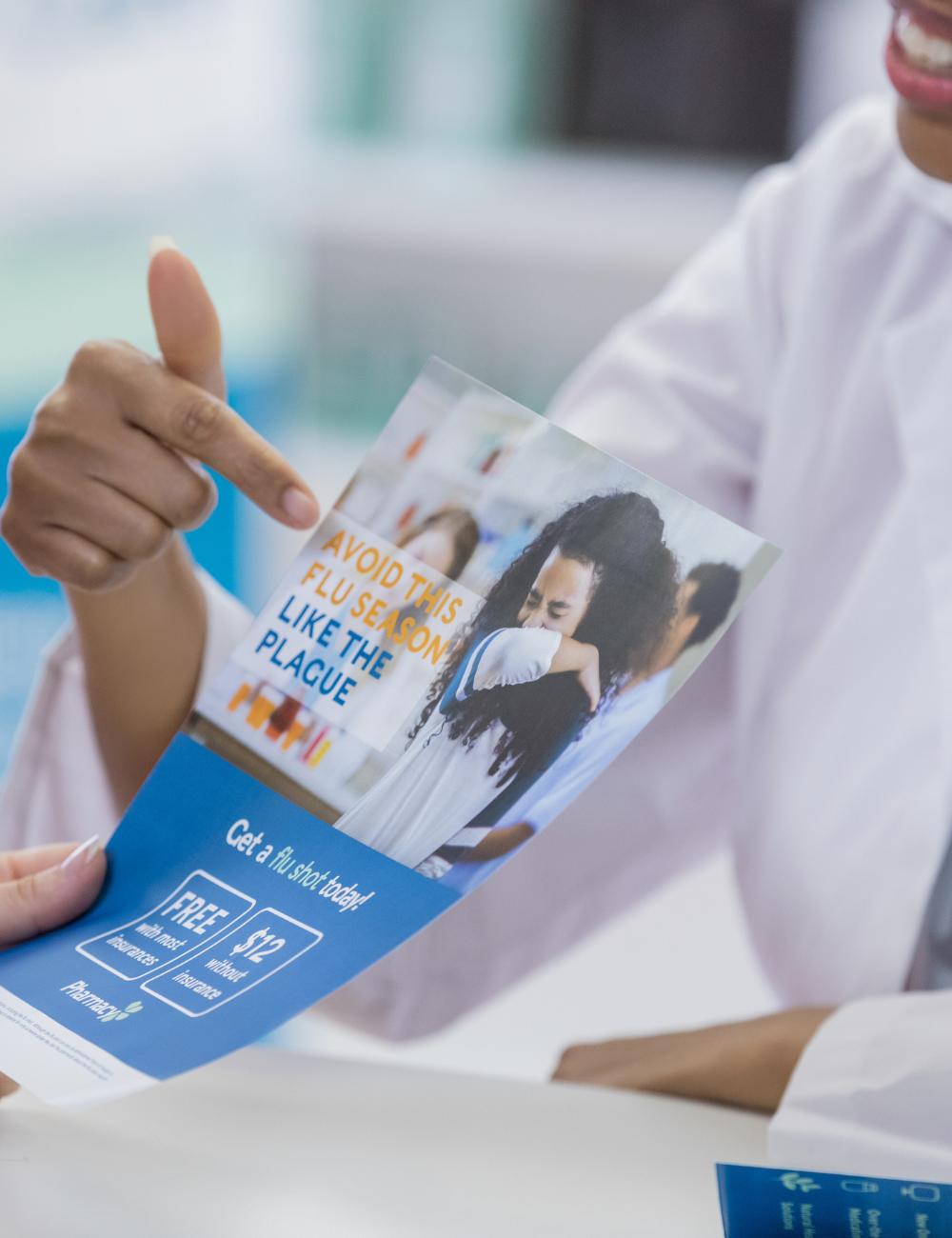Health literacy is defined by the Centers for Disease Control as “the degree to which individuals have the ability to find, understand, and use information” when making decisions about their personal health and wellbeing. In the United States, close to 36% of adults demonstrate low health literacy, compared to 60% in Australia and 43% in England. These rates of health literacy directly impact the quality of care patients receive while increasing costs for heightened use of health services. Lower rates of health literacy are typically associated with lower levels of formal education, lower income, the elderly or those that Limited English Profiecient (LEP).
The impact of low health literacy is felt not only by the affected patients, but also healthcare providers. A breakdown in communication, catalyzed by poor health literacy, can amount to negative health outcomes where patients require intensive, costly care, such as hospitalization.
The public health crisis is compounded by the rate of low health literacy, bringing more risk of medical errors, increased instances of illness, and loss of employment, all while costing the U.S. economy around $236 billion annually.
Those who are LEP are twice as likely to face low health literacy, and poor health outcomes as a result. A study conducted among patients who presented to the emergency room found that 74% of Spanish-speaking patients had subpar health literacy compared with 7% of English-speakers.
The problem becomes more complex when cultural barriers are factored in, in addition to generational gaps, where more senior members of LEP communities demonstrate lower health literacy compared to younger generations.
improving health literacy
With 25 million people considered LEP in the U.S., improving health literacy is fundamental to creating a more equitable health system. The COVID-19 pandemic has been a harsh lesson in effective public and personal health communication, evident in the fallout when it is not treated as a priority.
Failing to develop robust multilingual, non-stigmatizing communication strategies leaves too much room for misinformation, causing widespread scepticism of the healthcare system, and non-compliance with public health measures. Additionally, without access to and understanding of important personal health information, patients struggle to make decisions and advocate for themselves in healthcare settings, creating knock-on effects for their long term care management. So what are some of the solutions we can work towards?
use plain, organized language
When communicating with LEP patients in any capacity, it is important to assess the level of understanding and present information in digestible language that is structured appropriately. If providing instructions, such as medication guidance, or medical device use, providers should speak at a clear, steady pace, leveraging visual aids where suitable. Avoid using complex medical terminology and substitute with plain language, e.g. ‘short lasting, but serious’ to replace ‘acute,’ or ‘dangerous/harmful’ to replace ‘adverse.’
With the involvement of a medically qualified interpreter, clinicians will be better able to connect with their patients by delivering the information in a language they understand. In a clinical setting, the provider should organize information such that important details take priority, defining medical terms as required, and breaking up complex information so that it is not lost or overlooked. The provider should also consider any cultural barriers to full understanding, and encourage the patient to ask questions if they are unsure or need additional support during any period throughout the exchange. Similarly, the provider should direct questions to the patient to assess their level of comprehension, and decide whether additional measures are required to bridge any communication gaps.

invest in readily available multilingual resources:
Consistent messaging is key to instilling a sense of trust in patients. By adopting a patient-first model, providers can examine existing resources and make decisions about how to enhance the information available to patients. Furthermore, the simplification of supporting medical materials, such as brochures, signage, websites etc. helps to break down otherwise complex terminology into easily digestible information. This may include the use of imagery and symbols that are easily understood by the intended audience.
When developing these resources, it is critical that providers are factoring in linguistic nuances and cultural impact that may influence patients’ engagement. Working with cultural experts to assess where adaptation of certain imagery, terminology or formatting is necessary helps elevate the standard of multilingual medical resources for patients considered LEP. This, in turn, enhances the quality and credibility of the information they receive. For example, providing information on diabetes management should factor in different meal patterns of the particular culture it is aimed at.
Placing these materials in community hubs, medical offices, online spaces, or alongside individual care plans increases exposure and engagement among demographics who are otherwise less inclined to seek out this information. Health insurance providers and pharmaceutical companies should assess the quality of the communication they provide. This does not simply mean ensuring the language is understandable, but that it is accompanied by any specific imagery, graphics, colors etc. to render the information digestible and actionable. In digital spaces, this may be identifying preferred media usages that are accessible to wider audiences. For example, among those who demonstrate low health literacy, video is the preferred medium over written information. For health insurance providers, this may mean providing case managers with the appropriate resources to assess and address case-specific challenges to members’ level of health literacy.

account for the social determinants of health
People considered LEP often face more than just language barriers when interacting with the healthcare system. Studies show that patients considered LEP have higher instances of social needs, such as unemployment, poor or no health insurance coverage, inadequate housing quality and food insecurity. These are important elements to factor in when developing communication strategies for health literacy.
At the community level, there are several measures that may be taken as early intervention to improve health literacy. These may include hosting free, multilingual information sessions, or making easily understandable medical literature available. Addressing and reconciling social barriers plays a huge role in generating strong health literacy – for example, limiting availability of information to the doctor’s office where a patient may be unable to pay out of pocket, or attend an appointment due to incompatible working hours is ultimately a detriment to the patient’s ability to engage. By leveraging community networks to distribute and champion accurate health information through suitable methods, providers will be better able to navigate the nuances of these socioeconomic barriers and open the lines of communication. The goal should always be to promote engagement and, as a result, increase the likelihood of strong health outcomes.
Health literacy is critical to the foundation of a functioning healthcare system.
Empowering patients with the right information in a language they understand supports them in making the best decisions about their care, and allows them to assess the options best suited to their circumstances. This also helps to reduce instances of non-adherence among patients considered LEP, as well as instilling a sense of trust and approachability in the medical system.

